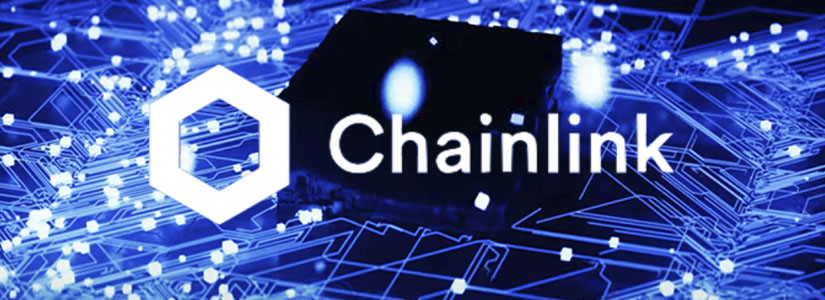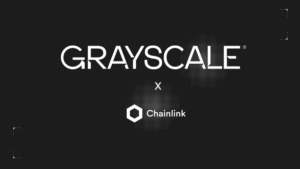Chainlink (LINK), a prominent blockchain platform focused on data oracles, has witnessed impressive growth in its staking program, generating overwhelming enthusiasm among its users.
Its staking initiative, dubbed “V0.2,” saw significant expansion by increasing LINK token capacity from 25 million to 45 million.
This program offers node operators and community members the opportunity to support Chainlink’s oracle services by staking their LINK tokens, which in turn gives them the chance to earn rewards.
What is notable is that the program has exceeded all expectations, exhausting its maximum capacity in a period of just six hours from the beginning of the early access period.
In a record time of just 30 minutes, approximately 32.8 million LINK were staked, and after six hours, the community pool had reached the newly established maximum capacity of 40.875 million LINK.
This dizzying response highlights the fervent interest and strong participation of the Chainlink community in this staking program.
The impact of this unprecedented demand was reflected in the price of the LINK token, which experienced a 7.5% increase in the last 24 hours, reaching $16.7 according to data provided by CoinMarketCap.
This notable increase in the price of the token could be directly attributed to the high demand generated by the massive participation in the staking program.
AFTER THE SUCCESS OF THIS PROGRAM, CHAINLINK CONTRIBUTES ITS FUNCTIONALITY TO THE BLOCKCHAIN ECOSYSTEM
The staking program is made up of two parts: the allocation for the community and the allocation for node operators.

Currently, the pool of node operators has 1.8 million LINK, out of a total capacity of 4,125 million.
Sergey Nazarov, co-founder of Chainlink, was optimistic about version 0.2 of the staking program, highlighting the introduction of crucial new security features and stating that this update lays the foundation for even greater growth in the future.
Significant changes are beginning to emerge, such as the introduction of a gradual migration procedure aimed at current stakers, which consists of a priority phase followed by a general access phase.
These adjustments seek to offer greater adaptability to both stakers who are part of the community and node operators, while maintaining a focus on the security and stability of the cryptographic economy.










